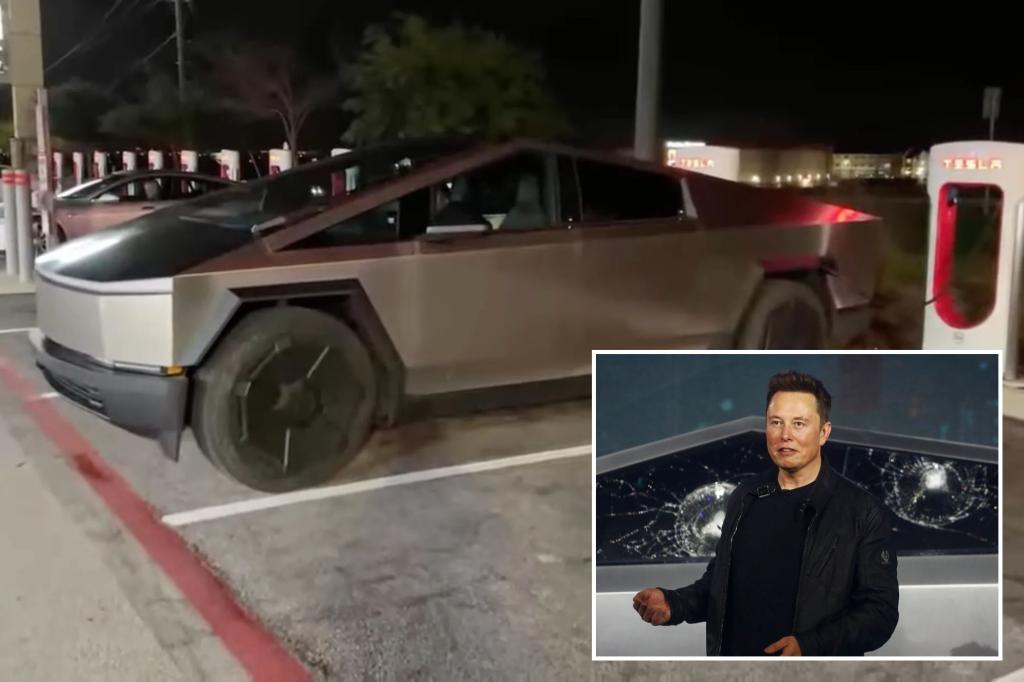- cross-posted to:
- technology@lemmit.online
- cross-posted to:
- technology@lemmit.online
Tesla Cybertruck gets less than 80% of advertised range in YouTuber’s test::A YouTuber took Tesla’s Cybertruck on a ride to see if it can actually hit its advertised 320-mile range, only to find out that its could only reach 79% of the target. When YouTuber Kyle Conn…



Due to electric drivetrains having minimal fixed losses at low speed unlike internal combustion engines. Aerodynamic losses start becoming the largest factor for EVs at relatively low speeds (25-35 MPH) since other losses at so low. This shows up on tests as higher city efficiency and lower highway.
For an internal combustion engine you are burning a large amount of energy just to keep the engine running, so the slower the speed, the less distance traveled for the fixed amount of running losses and lower the MPG. It isn’t until higher speeds (55-65 MPH) that aerodynamic losses become the largest factor. This manifests as lower efficiency in the city tests and higher highway.
It’s also a factor that acceleration/deceleration in an ICE kills mileage. Highway tests maintain a constant speed. If you ran the same test at 35 mph, they would get much better mileage than at 55 (or 70)
Also regenerative breaking is not useful when you’re maintaining constant speed on the highway, but a huge leg-up in the city
Idle losses are real but not very substantial in a modern engine compared to the bigger factor you’re missing which is that in city driving tests there is a lot of speeding up and slowing down, ICE vehicles throw away all the energy used to slow down as heat in the brakes which makes city cycles particularly inefficient while an EV captures that energy through regenerative braking, dramatically reducing the net cost of those momentum changes.
Regenerative braking only can recapture something like 2-5% of lost energy. The bigger factor is exactly what the other person said.
This is just not true. Regenerative braking is much more efficient than that.
I’m not sure where that number came from but according to Wikipedia the conversion from momentum to electricity loses 10-20% and the conversion from electricity to battery storage is another 10-20% leaving a theoretical recovery at 60-70%. In real world tests, Teslas recovered 20-32% range with regenerative braking, a far cry from 2-5% you cite. https://electrek.co/2018/04/24/regenerative-braking-how-it-works/
Ah, good point, the speed changes for ICE results in lots of energy wasted as heat instead of being recaptured. That would certainly be the largest loss for an ICE in the city cycle.
That makes sense, thanks.